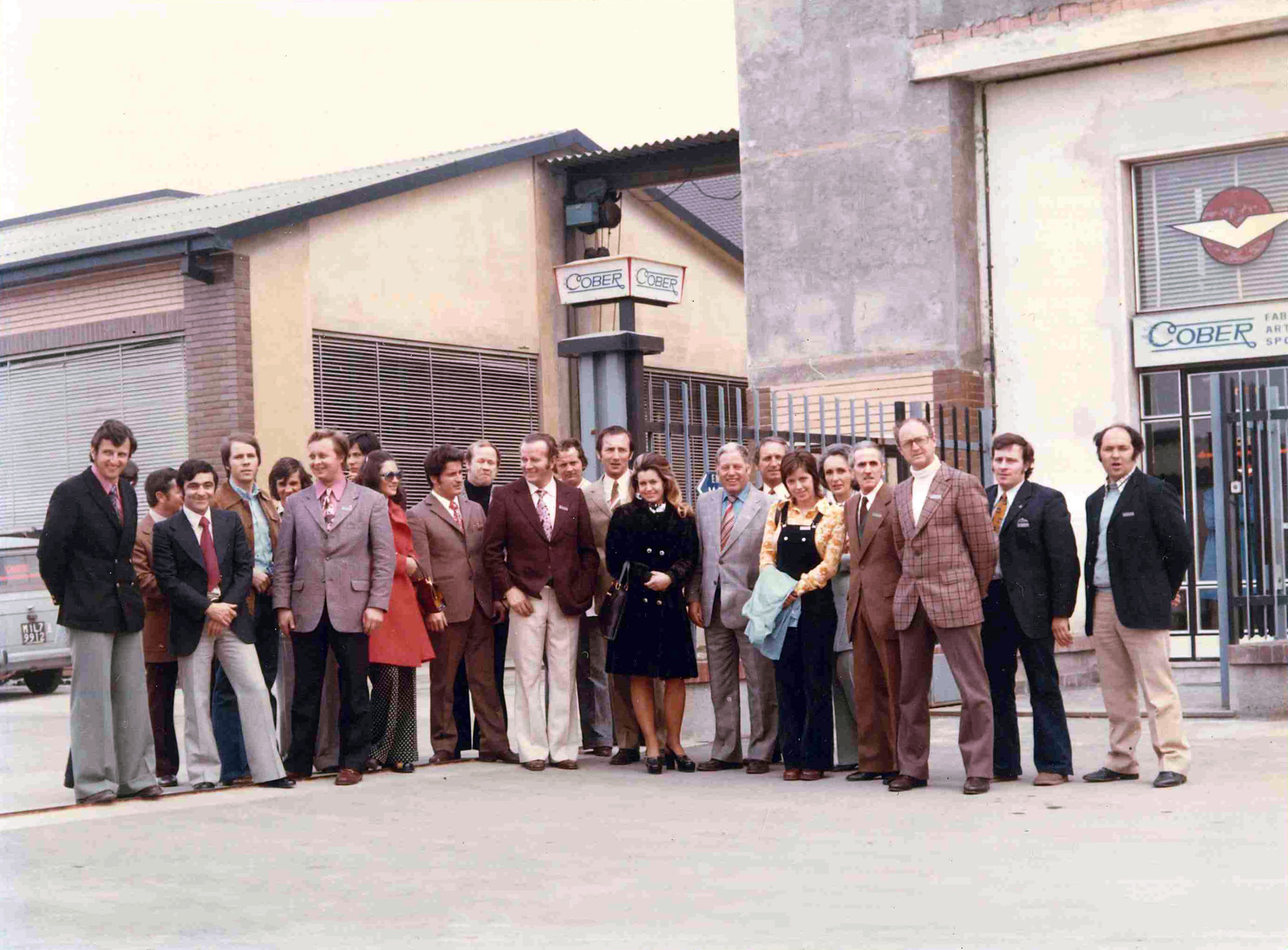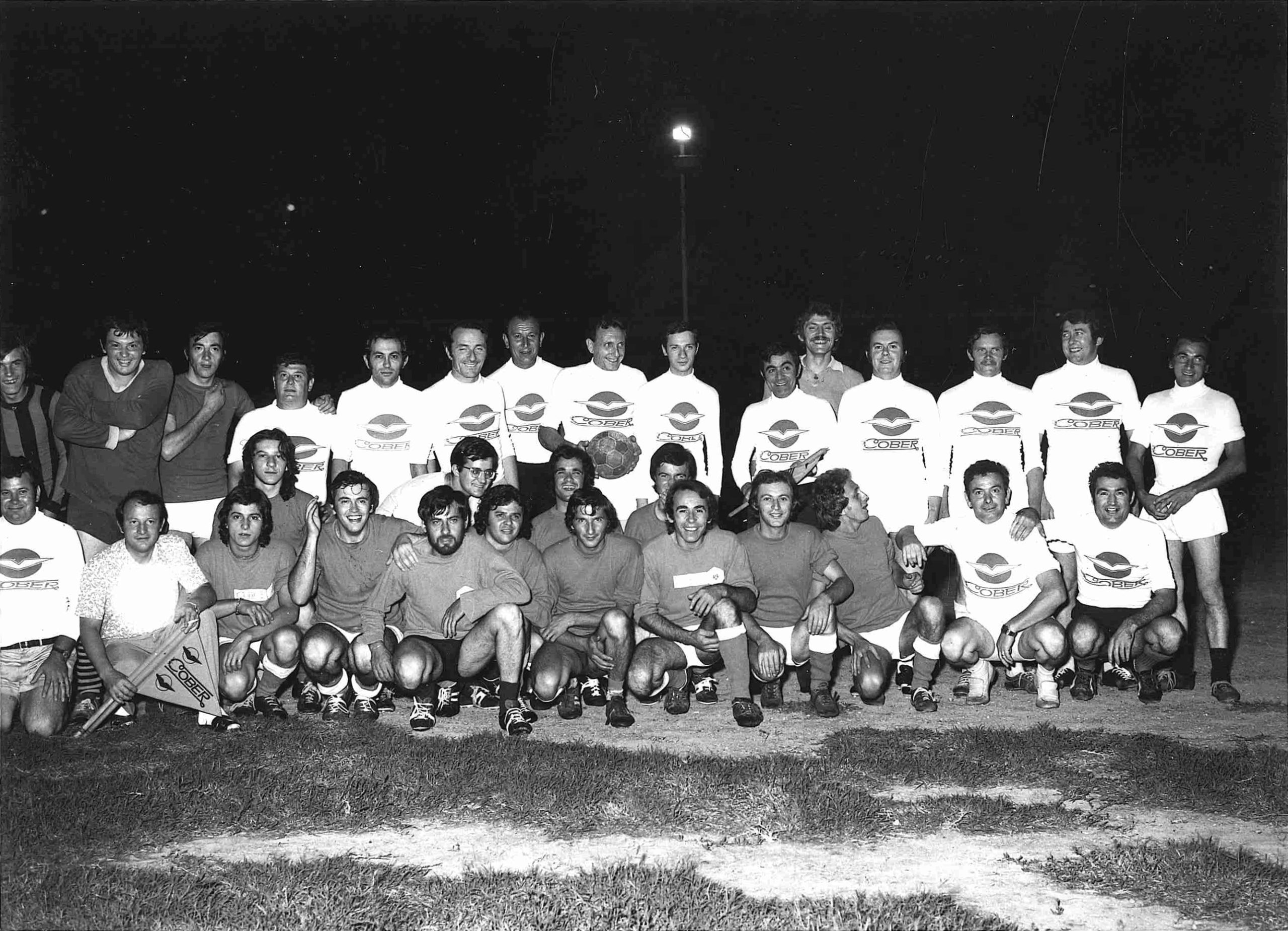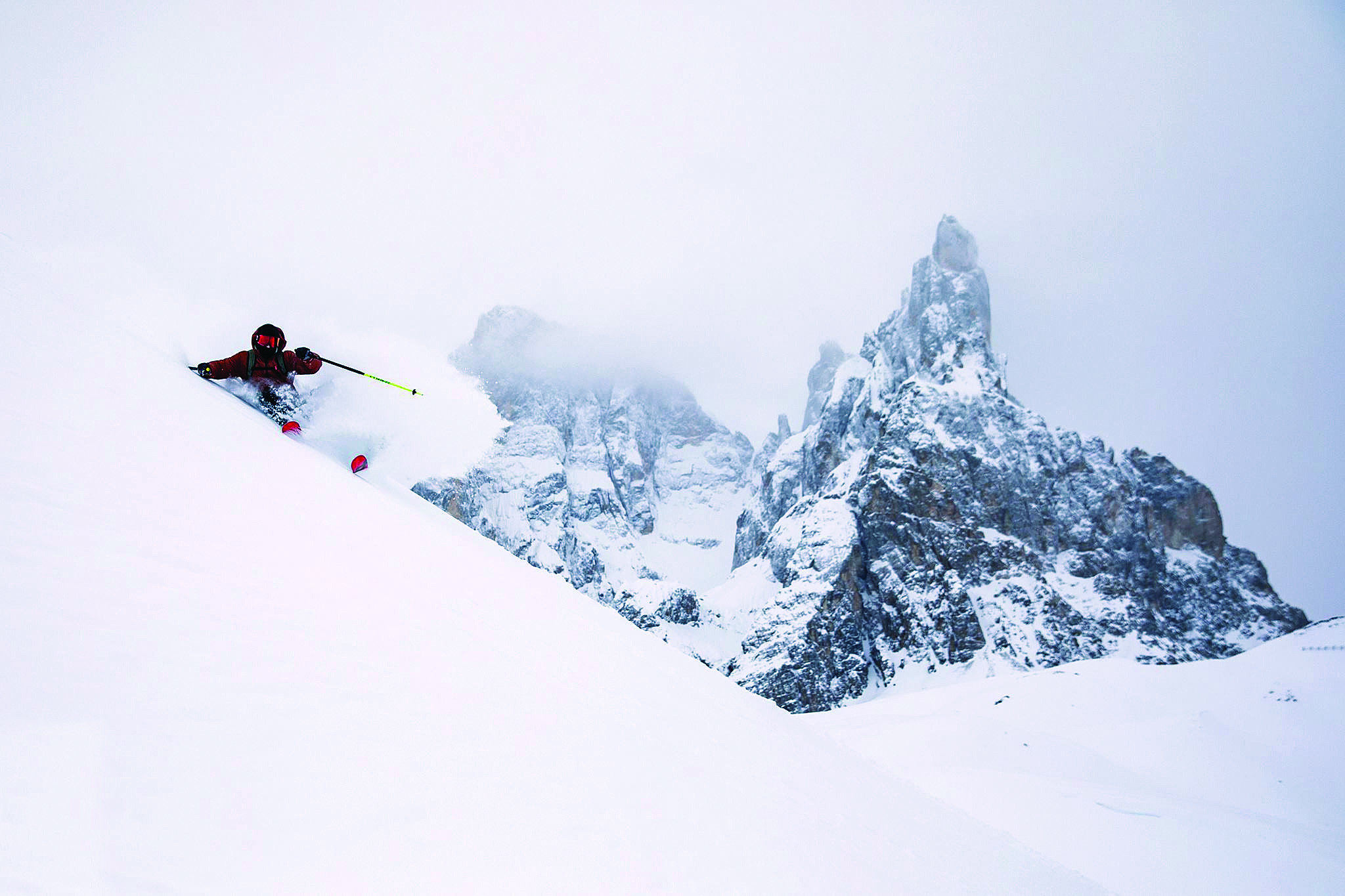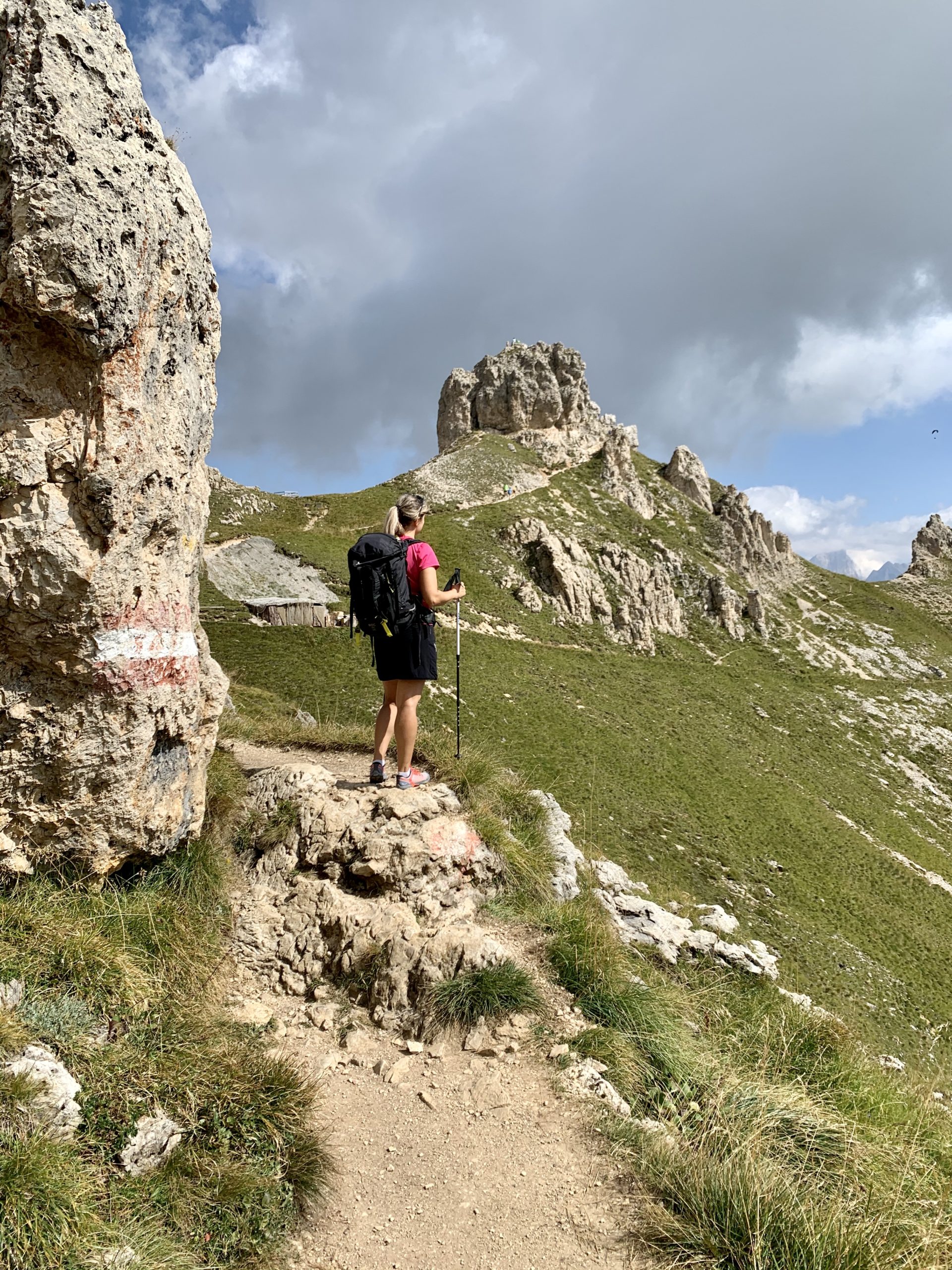1953
In 1953 Renato Covini founded Cober. Covini, with the idea to create the first structured ski pole company. The Italian landscape at the time offered small artisans, who produced the individual components. Mindful of the experiences in his youth, when you had to make do in order to have ski poles, and they were best created from pieces of wood, Covini decides to give life to the first real ski pole factory in Italy.
“I decided to set up production on an industrial basis, first of all by building an adequate equipment” – Renato Covini



The 60s
Covini then had the intuition to create a ski binding that was more comfortable and functional than those on the market.
In 1958, the production of ‘ski poles’ was accompanied by that of ski bindings: the idea was based on the awareness that the safety of those who ski is closely linked to the correct functioning of the bindings. The old ‘jaws’ were unable to perform a truly effective function. Covini, a technician himself, explored the problem, manufacturing the first rear ski binding. Thus Reaktor was born. The revolution in the world of skiing. The production of ski bindings required dedicated machinery for the different stages of production: starting from a piece of raw iron, we then arrive at the finished attachment.
Cober has thus introduced several technical innovations over the years, also linked to many patents.
“Ski bindings have too delicate a task to be overlooked” – Renato Covini
Poles evolve faster than bindings: Cober was the first company to introduce one of the most important innovations, quickly switching from steel to aluminium shafts. Aluminium also allowed it to be coloured with any colour. Another innovation introduced by Cober is related to grips, coming to the use of the rubber and, finally, plastic. The use of plastic has thus solved various problems, allowing the adoption of anatomical grips, which were one of the most important innovations of the time. Plastic was later also used in the production of baskets, which in the past represented one of the heaviest parts of the poles.



The 70s
Cober was also the first to use a special resin (a blend of nylon and fiberglass) for its bindings. In fact, the use of this material offered numerous advantages. One of the advantages is related to cold, as this resin was more resistant to cold than steel. In addition, the resin also had a considerably lower coefficient of friction and therefore guaranteed that the release force of the binding was always the same, regardless of the condition of the ski and og the boots sole. Among other advantages, there was the lower need for lubrication and therefore maintenance was easier, thus increasing the performance levels of the ski bindings themselves.
In addition to always using cutting-edge materials, Cober bindings were shorter and made the skis less stiff. They released in three directions (front, side, longitudinal) to reduce the risk of injury in the event of a fall.
“In a short time, we have developed some patents that have revolutionized the industry” – Renato Covini
The 80s
Since that fundamental moment, over the years, production has spanned the universe of sports equipment. From ski poles and bindings to roller skates. From tennis rackets, to bicycle forks and frames.
The tennis industry in particular was a chapter in Cober’s history that spanned nearly a decade. The company offered its tennis racket models to the market mainly in fiber and metal, but there were also wooden models, such as the Cober Number One racket: a wooden model covered with fiberglass.
In these years, Renato Covini is joined by his son Flavio, who follows in his father’s steps and dedicates himself to the research and development of new technologies, also following the different production phases.



The 90s
In the 90s, Cober decides to focus and specialize in the winter sports sector. It has pursued the constant technical evolution of the poles and is committed to creating new ones, dedicated to each new discipline born. For these reasons, the traditional production of downhill, ski mountaineering and cross-country poles has been joined by that dedicated to freestyle and freeride and by the production of poles for summer sports, such as trekking and Nordic Walking. In recent years, Flavio succeeds his father Renato in the management of the company. These are the years of innovations in the field of sustainability and attention to the environment. The first steps are taken in choosing raw materials and machinery that respect not only the environment but also the operators who are in contact with it on a daily basis.
“Preventing the creation of waste and being part of a sustainable future for the environment, led COBER to seek circularity within its production” – Flavio Covini



2000s
Cober decided to follow a path increasingly focused on respecting the environment. This has led the company to invest in increasingly technologically advanced machinery that respects the environment and the operators who are involved in the production process on a daily basis.
These are the years in which new products are developed, which are better suited to the new disciplines that are spreading in the world of skiing and beyond. The constant search for high quality raw materials has allowed Cober to develop efficient and innovative products. Thanks to the care of the selected raw materials and the constant tests carried out on them, Cober products guarantee high quality in respect of our planet.
This green path has become the basis for all business decisions.



Today
Our main goal, as well as our passion, is to encourage sports lovers to reach and overcome their limits by providing them with the best materials and tools to make itpossible. This is what drives us every day to search for new technologies for an ever better development of our poles, and to create grips that are ergonomic and adaptable to every need.
Cober continues to commit itself daily to respecting the environment by developing new products that respect the company’s green guidelines and that are carriers of our values and our identity.
You Passion. Our Tradition.

